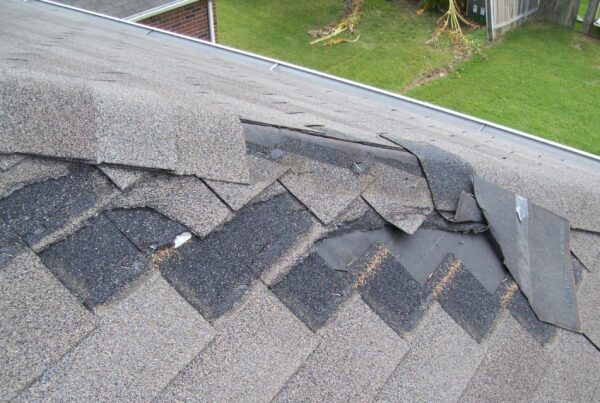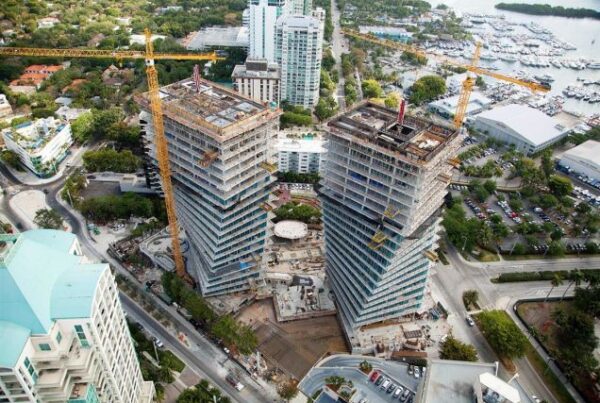This article would be all that more meaningful if I could tell you that the work described was done by a NABIE member, or a certified building inspection engineer. Unfortunately I cannot report that. However the story does emphasize an all too familiar chain of events for us in this profession.
Earlier this month a parking garage connected to and associated with a high rise apartment building in Hackensack, New Jersey collapsed. Although the collapse occurred in two separate events with the loss of parked cars, failed utilities, gas leaks, and the evacuation of the high rise, the good news was that there was no loss of life. As I write this, the situation is not yet resolved and building residents have not been able to return home.
So what exactly happened? Well the verdict on the specifics of the failure is still out, but the lead up to the event will make all of us think of similar situations in our own personal practices.
It seems the parking garage (apparently a reinforced concrete structure) was experiencing some kind of leakage that caused building management to call in a plumber to evaluate the situation. After reviewing the situation the plumber must have realized this was no plumbing problem and required engineering expertise. A PE from a New Jersey location was called in (Rudy Vasquez, P.E.).
His report, issued in May, included a statement, “The existing conditions are of utmost concern…The slab separating the front of the building areas from the parking garage may be further damaged or may catastrophically collapse.” Engineer Vasquez’s report proved to be prophetic because a catastrophic collapse did occur only about a month and half later.
ABC News interviewed him and also reported that he had yet to be paid for his engineering consultation. Building management personnel, cc’d in Mr. Vasquez’s report, were not available for comment on how such a serious problem found by a PE went unaddressed for more than a month until a complete failure took place.
This situation is far from resolved, but it clearly emphasizes the importance of our roles as building inspection engineers and at the same time underscores what we all know so well: deliver bad news and often end up not compensated, or with delayed and argued over compensation. Much of our work leaves us finding serious and costly problems in the properties we examine. Often those are findings our clients are reluctant to accept, and may be inclined to ignore or at least diminish in importance in their own minds. For some problems that approach can have serious consequences. The Hackensack high rise apartment building parking garage is just such a situation.
Some years ago similar scenarios were illustrated as part of a presenter’s discussion on aspects of engineering ethics. I recall it as one of the more vigorous discussions among members and conference presenter that I recall at a NABIE annual conference.
Engineer Vasquez, even in the absence of compensation, felt compelled to come forward with the information he knew might help the investigation into what took place. While we don’t know what information he may have conveyed to various parties besides building management in the days immediately before and after the collapse, we do know he was providing what information he had once the garage was down.
Personally I have encountered similar problems during my practice as a professional engineer in building inspection engineering. Such challenges are difficult, causing us to try and balance safety with client confidentiality. This article is not intended to examine the ethical approaches considered correct for such circumstances. It is, however, a recent and very concrete example of what happens to engineers when placed in a role of assessing serious building shortcomings, responsibility to professional ethical standards, responsibility to our clients, and the need to be paid for our services.
It is an unpleasant struggle at best, and the inspecting professional engineer’s words seem to show that when he said, “When I issued this report, I knew that some people may not like this but it … needed to be done in order for them to know what may happen.”
Rudy Vasquez, P.E.’s role in this issue is not yet fully defined, except that he conducted an inspection, found a problem, and detailed those findings in a report delivered to building management positioned to respond. The finer details of his role remain unknown, but his work eventually found its way into the news media.
If there is follow up that I can pass along to NABIE members in the coming months on this case, I will do so. In the mean time consider it as a highly current and important example of our work and the conflicts we often encounter.
*This article had been posted in the Summer 2010 edition of The Examiner.


